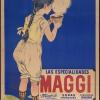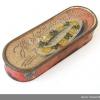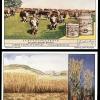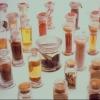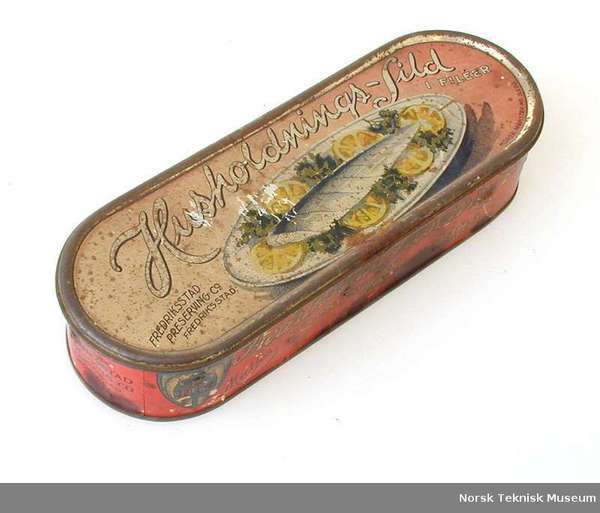Packaging food
Preserving and packaging food significantly alters its properties. Therefore, to what extent can a product that reaches the consumer be considered "natural"? Views on this issue have changed over the years and as preservation techniques have changed. Salted herring, for example, became a staple food throughout Northern Europe as far back as the late Middle Ages and was considered very healthy.
The question of preserving meat with salt was another matter. After centuries of using this method of preservation, it was argued from the 1850s on that that salt decreased meat's nutritional value, so its consumption was discouraged. In Great Britain, the total retreat from pickling meat dates back to 1925, when the Public Health Preservation in Food Act actively promoted domestic refrigeration. Plastic packaging for ready-made foods introduced after the Second World War again tried to change people's ideas about freshness.
Customers were freed from worries about freshness by the printing of "best before" dates, but also by individual shopkeepers' skills (or lack thereof) in cutting, slicing, weighing, and packing food. Industry campaigns promoted the new form of shopkeeping as more hygienic, transferring trust from the shopkeeper to the manufacturer. Packaging also extended the use of preservatives to keep products edible, even after opening.
 Previous Story
Next Story
Previous Story
Next Story
How to cite this page
Slawomir Lotysz, 'Packaging food', Inventing Europe, http://www.inventingeurope.eu/daily-lives/packaging-food
Sources
- Waste Not, Want Not: Food Preservation From Early Times to the Present Day, edited by Anne Wilson. Edinburgh: Edinburgh University Press, 1991.





